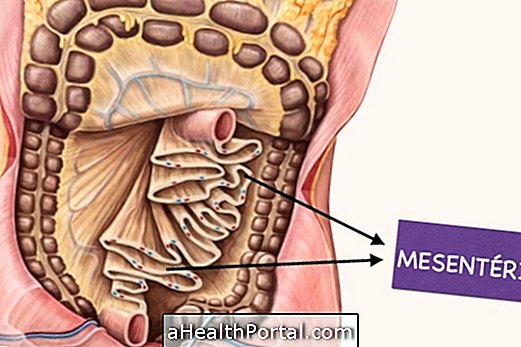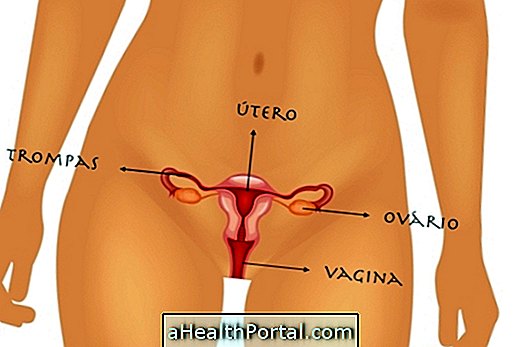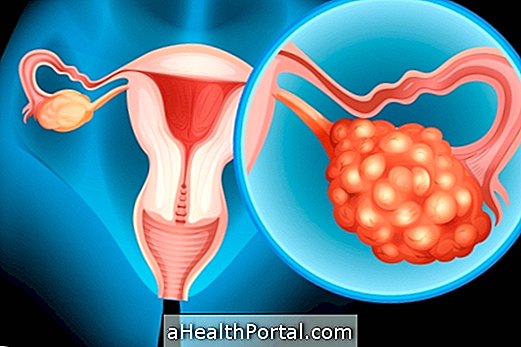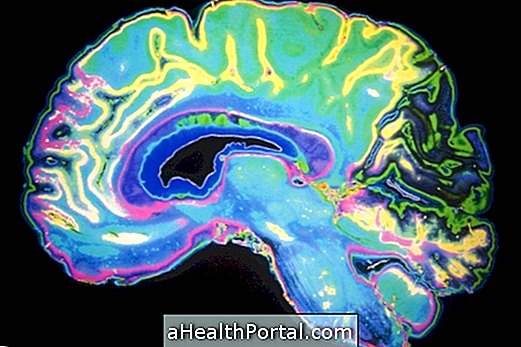The mesentery is in the abdomen attached to the intestine. It always existed but was previously classified as a tissue that was part of the peritoneum and held the intestine in its proper place transporting the nutrients from the fecal cake back to the liver.
However, the mesentery has come to be classified as another organ of the digestive system because it is believed to have more functions, producing the C-reactive protein and regulating the rate of sugar in the blood. In addition the mesentery has its own diseases such as the appearance of cysts, fibromatosis, panniculitis and mesenteric venous thrombosis.
It is formed by fibrous connective tissue, adipose cells and blood vessels, which lies behind the intestine forming an accordion-like tissue as shown in the following image:

What is the Mesentery
The mesentery serves to hold the intestine in place, having an organization in the abdominal cavity but also serves to transport the nutrients from the intestine to the liver and cushion the friction between the digestive organs during the movements that happen during digestion.
In addition, mesentery also produces C-reactive protein that regulates blood sugar and fat metabolism and may therefore be directly related to diabetes and obesity, but more research is needed to identify more in detail all the functions of this body.

























